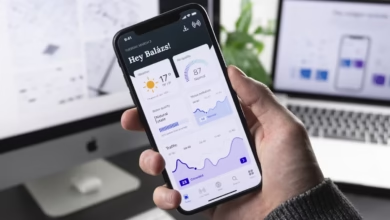The Experience Economy: Why Your Local Store is Becoming an Amusement Park
An analysis of how physical stores are surviving the e-commerce onslaught by transforming into community hubs and entertainment destinations.

Introduction: The Retail Apocalypse, or a Retail Renaissance?
For years, we’ve been hearing about the “retail apocalypse.” The relentless rise of e-commerce has hollowed out shopping malls and pushed countless brick-and-mortar stores out of business. But a new chapter is being written. The stores that are surviving and thriving in the age of Amazon are not the ones that are trying to compete on price or convenience—that’s a battle they can’t win. They are the ones that are transforming their stores from simple places to buy things into exciting destinations to have an experience. Welcome to the “experience economy,” the future of physical retail.
If You Can Buy it Online, Why Go to a Store?
This is the fundamental question that every physical retailer must now answer. The answer is that the store is no longer just a point of transaction; it is a point of connection. It’s a place to build a brand, foster a community, and offer an experience that you simply can’t get through a screen.
The Hallmarks of Experiential Retail
- In-Store “Retailtainment”: This is about making the store a fun place to be. It can be a climbing wall in an outdoor gear store, a cooking class in a kitchen supply store, or a virtual reality experience in a tech store.
- Community Hubs: Brands are turning their stores into community hubs. Lululemon offers free in-store yoga classes. Apple has its “Today at Apple” sessions, where you can learn photography or coding. These events build community and give people a reason to visit the store beyond just making a purchase.
- High-Tech, High-Touch Personalization: Technology is being used to create a more personalized and seamless in-store experience. This includes things like “magic mirrors” that let you virtually try on clothes, and sales associates armed with tablets who have access to your online purchase history and can offer personalized recommendations.
- Showrooms, Not Stockrooms: Many direct-to-consumer brands are opening physical “showrooms” where you can touch and feel the product, but you can’t actually walk out with it. The purchase is made online and shipped to your home. The store is purely for the experience and the brand building.
Conclusion: The Store as a Stage
The death of the physical store has been greatly exaggerated. What we are witnessing is not a retail apocalypse, but a retail renaissance. The boring, transactional stores of the past are dying, and they are being replaced by a new generation of dynamic, engaging, and entertaining spaces. In the future of retail, the store is not just a store; it’s a stage, and the experience is the main event.
What’s the most memorable in-store experience you’ve ever had? What made it special? Share your stories in the comments!




